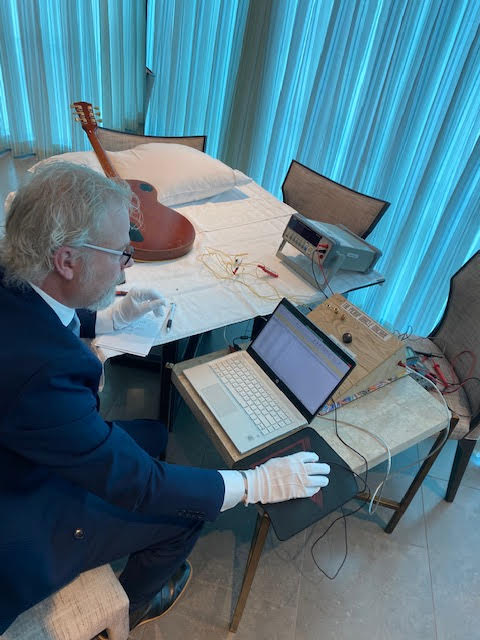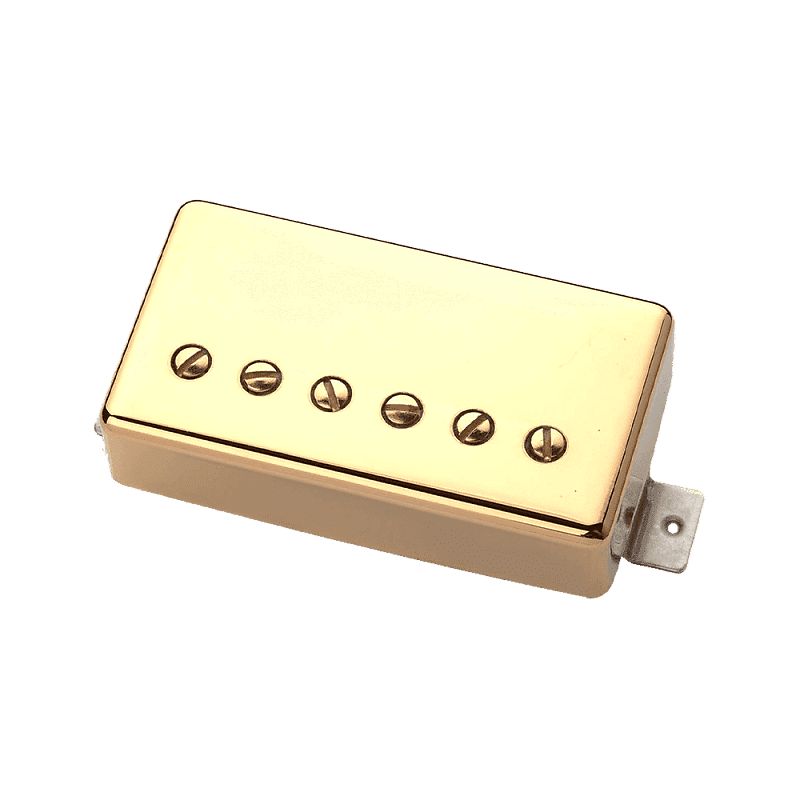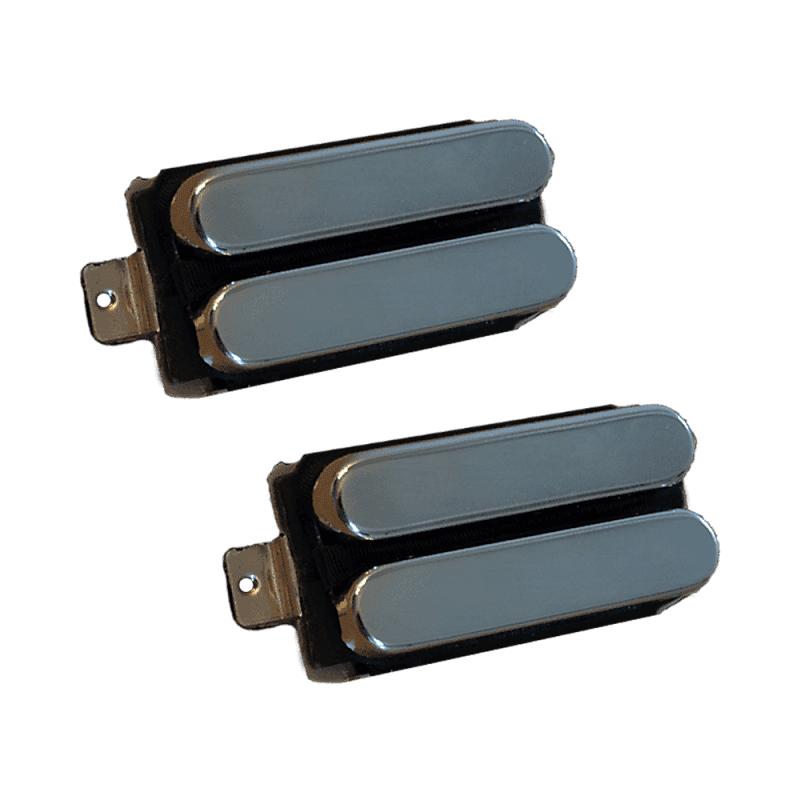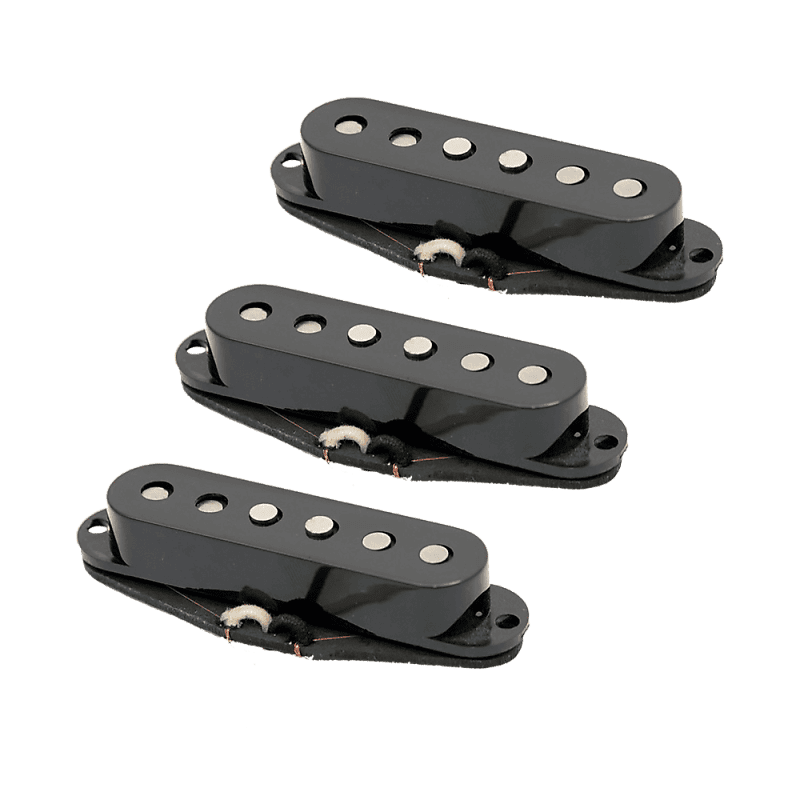What makes vintage pickups sound so good? Maybe materials, magnets, and winding patterns if you want to be reductive, but there's a somewhat magical quality to the best of the best—some sonic combination greater than the sum of its parts. And you can't deconstruct one to find out its secrets without ruining it.
Cream T Pickups' Thomas Nilsen created what he calls the Oracle Pickup Scanner to learn the secrets of vintage pickups without taking them apart. After scanning and profiling the finer points of any given pickup, Nilsen recreates exact replicas—even to the point where the original guitar's owners can't tell the difference.
Nilsen, whose own pickup designs are world-renowned and used by likes of Jeff Beck and Derek Trucks, has recently re-shifted his focus to recreating classic pickups. The Norway native has now set up shop at Sound Affects in Ormskirk, United Kingdom. There, through the combination of the Oracle Scanner and his own encyclopedic knowledge of winding patterns, Nilsen is matching some of the best pickups in the world.
His newest clones are the Billy Gibbons' Whiskerbuckers, which come from the ZZ Top guitarist's Pearly Gates '59 Burst.
Reverb talked to Nilsen to see how he does it.
The Start of a Quest
The child of a professional musician, Nilsen has been around guitars his whole life. Once he was old enough, he landed a job in a music store in Oslo, Norway. He got into luthiery, repaired instruments, and developed the first taste for pickup-making while outfitting guitars, violins, banjos, and other acoustic instruments with pickups.
Some years passed. Nilsen left the shop and entered, then excited, the late-'90s tech boom. But when he got deep back into guitars—ordering a few new Fenders and Gibsons—he found they didn't sound quite how he thought they should.
That started his new quest: to make new pickups sound like Golden Era vintage. "I wanted to get that tone back in business somehow," Nilsen says, describing the subtle tonal colors that greats like Eric Clapton, Peter Green, and Gibbons could paint with their Bursts and other vintage guitars. He started experimenting on his own, and reached out to some people with first-hand knowledge of golden tone.
"I needed to know if I was onto something," Nilsen says. So he called Gibbons' guitar tech Elwood Francis. "I was just there to get some feedback. I wasn't trying to do some collaboration." Francis, however, was immediately impressed. Francis told Gibbons he had to hear them, and then Gibbons promptly ordered a handful of sets.
The nascent business of Cream T Pickups was launched. But up to this point, it was all pre-Oracle, with Nilsen winding pickups based on his own skill and touch.
Enter the Oracle
Gibbons' Pearly Gates is his prized '59 Burst, heard on virtually every ZZ Top recording. When ZZ Top plays live, however, Gibbons uses any number of stage guitars that he wishes could sound as heavenly.
Even before Nilsen created the Oracle, he set about making a PAF that could match Gibbons' preferred tone. At a gig in Germany, they tested out a new pair. From the soundcheck stage, they analyzed both Gibbons' original pickups and Nilsen's PAFs and found them to be nearly identical (just two bands of a 32-band EQ had merely a 0.5 dB difference, Nilsen says).
Nilsen had the idea to create a special frequency analyzer, one that could meticulously scan the whole frequency spectrum of the pickups' outputs—from 100Hz to 38,000Hz—and reveal the full secrets of the vintage pickups. In 2009, after a few years of work, the Oracle Pickup Scanner was born.
Soon, Nilsen started to reach out to other techs and famous players—like Keith Richards, Jeff Beck, Steve Miller, and more—with the same promise: Let me scan your favorite guitars, then make matched pickups for your stage guitars.
"That was the whole idea at that point, but everything else went to a different level," he says. That other level was Nilsen's own pickup designs, which began to take off: like the original BFG Banger, the Tele-meets-PAF hybrid Banger & Mash (originally made for Keith Richards), and the JB Bolero (originally created for Jeff Beck).
But the promise of creating exact replicas of vintage pickups kept calling.
Nilsen got a chance with Bernie Marsden's The Beast—one of the most famous Bursts, which Gibson recreated as the eighth entrant of its Collectors Choice collection.
After replicating the pickups to the original, Nilsen subjected Marsden himself to a test. With Marsden's back turned, Nilsen played two guitars: the original Beast and Gibson's recreation packed with Nilsen's clone pickups. "I asked him, 'Which one did I play now?,' which was my Collectors Choice No. 8. And he said, 'That has to be the original Beast.'" It wasn't.
The Oracle's Secrets
Nilsen is understandably reticent to share too many details about the inner-workings of the Oracle Pickup Scanner, but he says the unassuming, handmade wooden box contains the engineering components, which then feeds the information to proprietary software.
The important part, Nilsen says, is that it works without having to remove or desolder the original pickups in any way. With a handheld scanner and a few long wires that connect to the pickup and the guitar's output, he's able to send the readings from the pickups to the Oracle in a non-invasive procedure. "There's no cosmetic damage or solder or anything on the guitar," he says.

The computer program compiles a full scan of the frequency response, which Nilsen then studies. But this is where the tech ends and Nilsen's own pickup mastery begins.
"I have about 728 different winding patterns that I have done over the years and saved. So when I read the whole frequency data, as a result of the scanning, I know about 95 percent how the winding pattern is and how the wire is going to be on the coil to create that frequency and that tone and that sound," Nilsen says.
What's maybe most interesting is that—in a world where many vintage-voiced pickups rely on NOS materials—Nilsen is creating these clones with modern components, fine-tuning the frequencies through exacting winding patterns as opposed to matching the plastic of the bobbins, the pole-piece lengths, or some other component.
Nilsen has now officially launched the Super Scanner series through Cream T, with the first release being the Whiskerbucker Pearly Gates clones. There are also two separate, collector-owned Bursts whose pickups Nilsen has scanned and replicated: the Super Scanner Series Clone 1 and Clone 2. And more are on the way.
Find them all—and Nilsen's other pickup designs—in the Cream T Pickups Reverb Shop.




